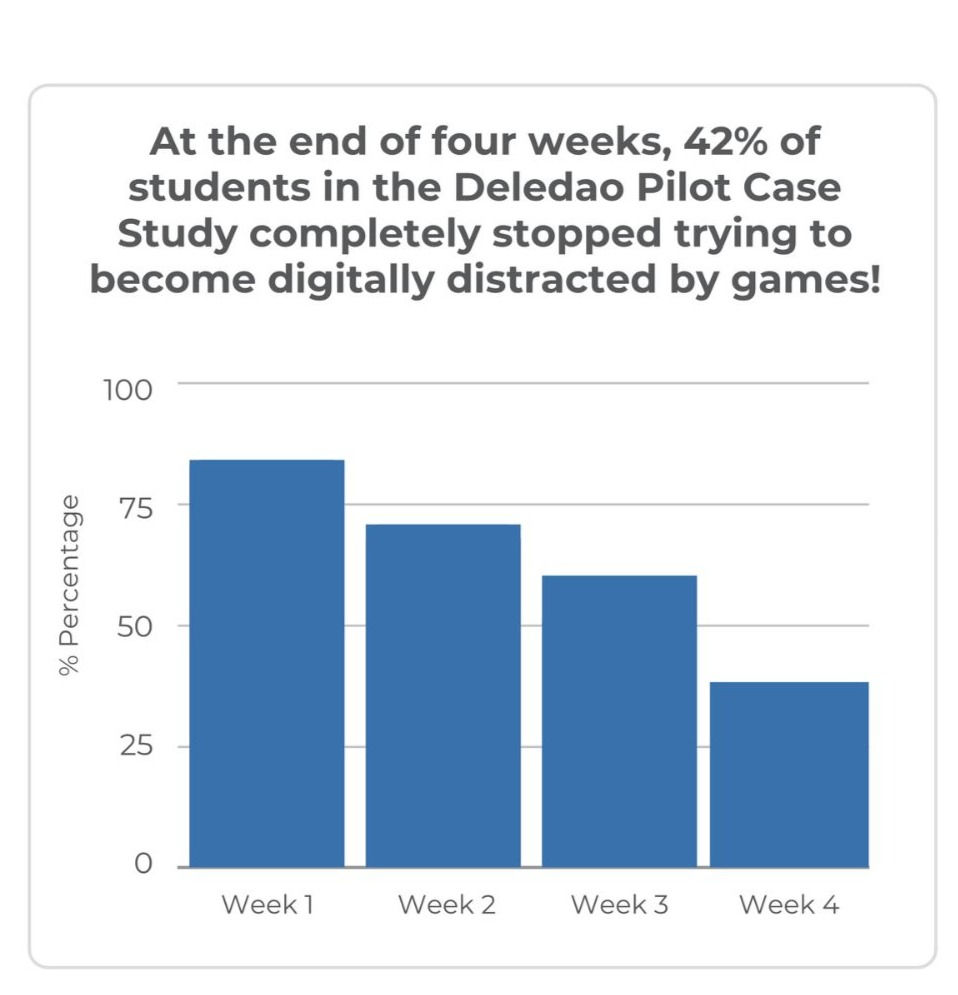
The Importance of Self-Regulation
A vital component of learning at any age, self-regulation skills allow students to maintain focus, block out potential distractions, and efficiently manage time during instruction. As teachers, we can each identify specific students who may have difficulty staying on task, maintaining focus, remaining seated, or just paying attention. The task of gaining student attention and providing opportunities to practice self-regulation during their learning occurs daily in practically every classroom across the country.
Much like students who struggle with self-regulation in a traditional classroom setting, a student’s inability to find balance in their digital media consumption is often a matter of self-regulation. It shouldn’t be too surprising that students who succeed in a traditional paper/pencil learning environment are able to consistently demonstrate metacognitive self-regulation strategies during digital learning (Ahtnonysamy et al., 2020), successfully transferring vital self-regulation skills from one learning modality to another.
Predictably, students who lack self-regulation in traditional learning environments also struggle to self-regulate in digitally-oriented learning environment (Lillian et al., 2021) with studies indicating that for some students, the digital environment increases the likelihood that self-regulation will be difficult to achieve. The take-away? If a student struggles to self-regulate in a traditional learning environment, those same self-regulation difficulties are often exacerbated once they’re provided access to Chromebooks, iPads, Macs or other devices.
Challenges in the Digital Age
Nationwide, student behavior in K12 digital learning environments is a growing concern. As digital learning resources continue to evolve, so do the challenges schools face in improving the effectiveness of educational technology initiatives. Today’s dynamic internet warrants technologies that are able to recognize content, understand contextual nuance, discern keyword ambiguity, and decipher newly created inventive spellings students frequently use to evade filter detection.
It is no one’s fault that schools sometimes struggle to prevent students from accessing distracting content on school devices. School district IT teams do the best they can with the resources they have. Instead, it is simply a matter of the increasingly dynamic internet surpassing the legacy filtering technology’s ability to manage it consistently and prevent students from accessing distracting content unabated.
Deledao knows that digital distractions are getting in the way of expanding or enhancing educational technology initiatives in schools. Representing an entirely new architecture in filtering technology, the Deledao ActiveInsights™ solution uses patented InstantAI™ technology that allows teachers to create distraction-free digital classrooms. Not dependent upon domain classification or search keyword recognition, every piece of content, video, and page on the nearly two billion available websites are analyzed the very instant a student attempts to access it.
ActiveInsights™: Proven to help students develop digital self-regulation skills

A study of over 1000 students from school districts across the U.S. showed that 42% of students completely stopped their attempts to access distracting content after just four weeks of using ActiveInsights™.
The significant drop in attempts to access distracting content is an indicator that students who previously engaged in chronic media multitasking during class are, in fact, changing their behavior and demonstrating the development of digital self-regulation skills.
Deledao improves the effectiveness of digital learning by ensuring that school devices remain used by students as intended – for learning!
For more content like this, join our free monthly newsletter, where we'll share more EdTech Tips, News, Product Updates, Success Stories and more.
